Exploring Miyama’s Kayabuki No Sato
Share
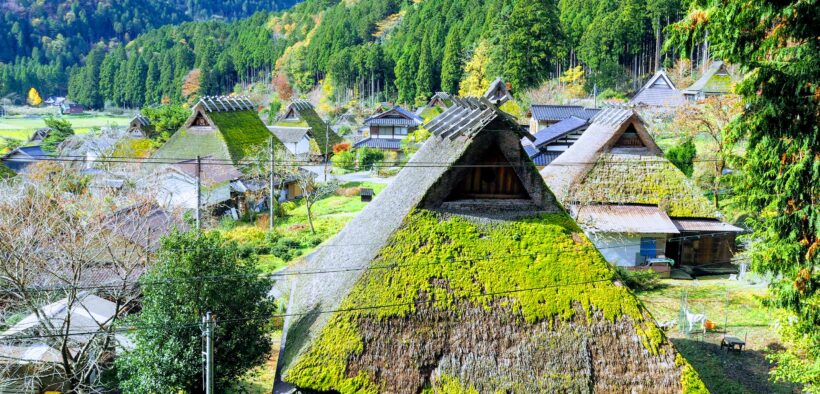
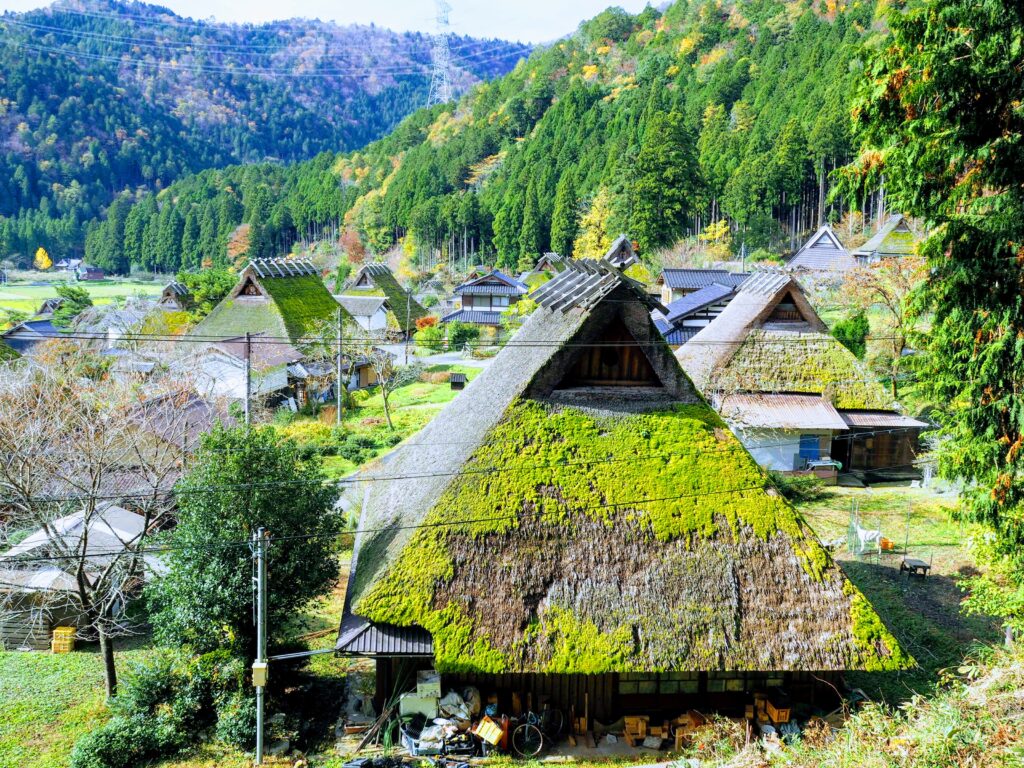
The Japanese countryside holds many gems that most international tourists don’t even know exist. This is understandable, because Japan holds such a sheer wealth of outstanding sites that many outside of the main centers manage to remain in the shadows. For me, stumbling across some of these places has been the highlights of my Japanese experiences. It often strikes me as somehow miraculous that so many of these places exist and are not more famous outside of the country. Miyama is one of those places.
Miyama offers a window into Japanese rural of yesteryear. Specifically, the area is famous for having a greater concentration of traditional Japanese homes with Kayabuki roofs than any other place in Japan.
What is a Kayabuki roof
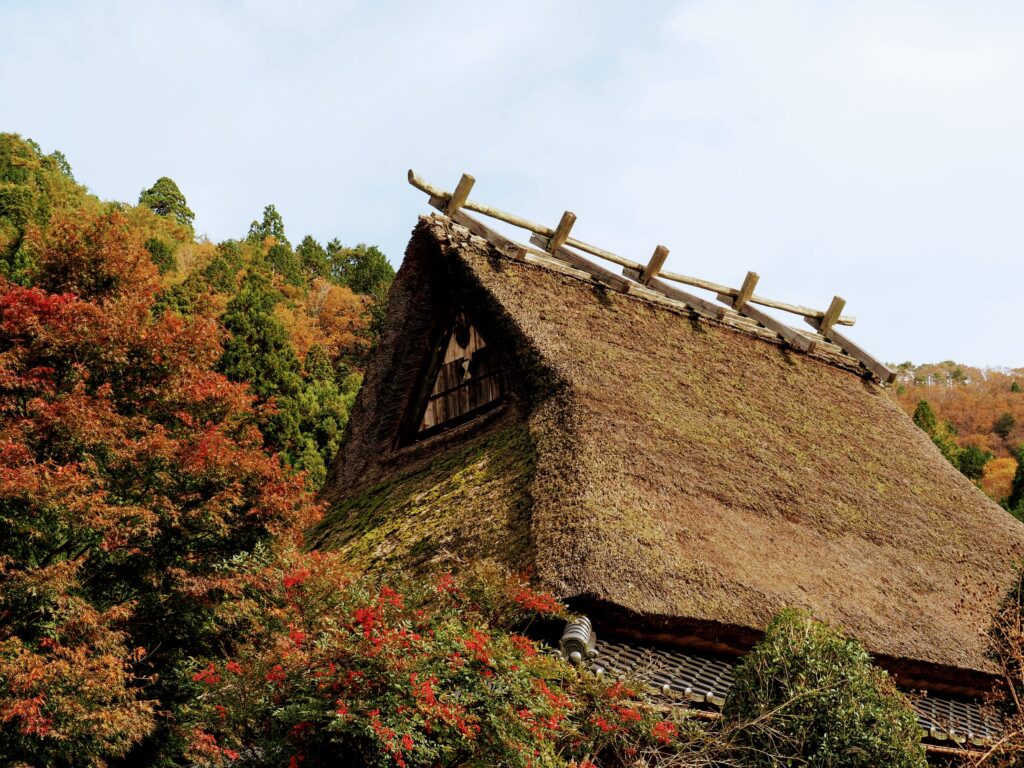
Kayabuki refers to a traditional Japanese style thatched roof. Kaya is a generic term for grasses, commonly Japanese Pampas Grass, or reeds and buki means roof.
Kayabuki roofs really are grandly, majestic constructions to behold. They look like they have a tremendous weight and density to them. They are packed so taught that they are able to be molded into various shapes, as if the materials being used were some kind of soft putty as opposed to thousands upon thousands of intricately slender pieces of grass. They often taper down into pleasing curves at the sides, as if some giant hand had reached down from the sky and smoothed them with their palm, like a parent smoothing out a child’s hair from above.
They often have delicate coats of moss on them, like a pitched cake with a fine layer of green icing. It is said that one of the elements of Japanese architecture and landscaping is that the construction should age well. Indeed, age is considered an important ingredient in establishing what is considered a mature Japanese house or garden. This aesthetic is something of a breath of fresh wind in this age of high-tech “planned obsolescence”.
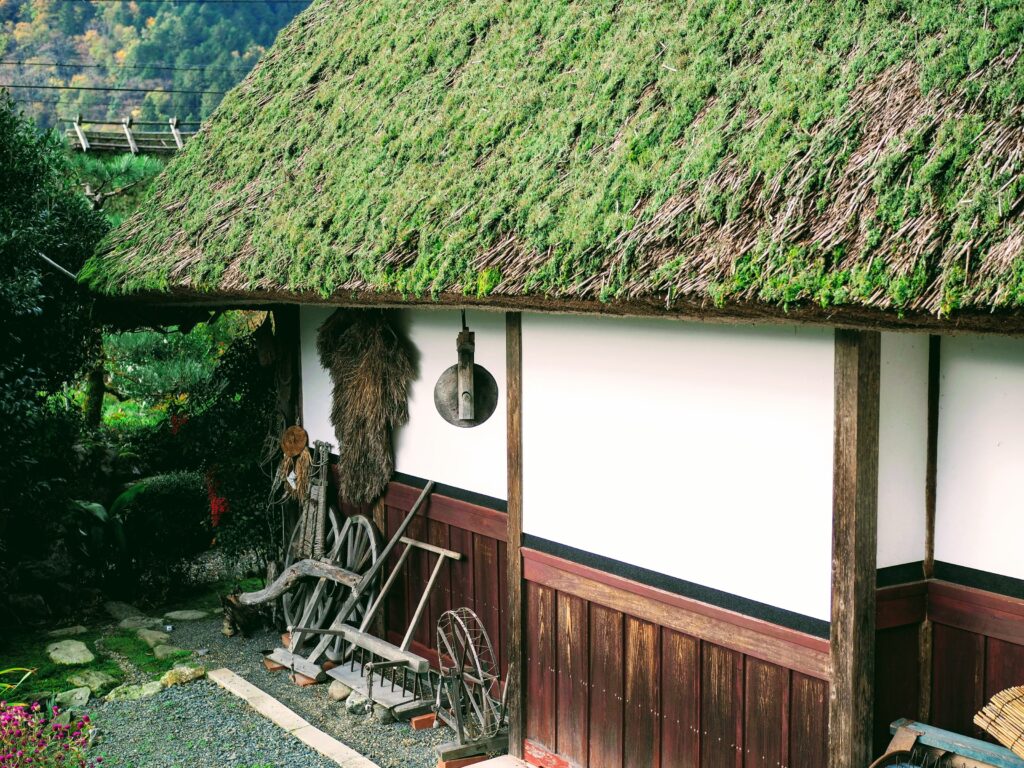
Kayabuki can be found in various locations throughout Japan. Places such as the Iya Valley are also famous for them. But many in that area have been replaced by more modern constructions. In his book “Lost Japan”, Alex Kerr talks about the tremendous community effort that must happen for a kayabuki roof to be replaced. Think of those scenes you see in American Country & Western films where the whole township is pulling together to put up a new church or town hall.
When you think about all that goes into the upkeep and maintenance of a Kayabuki roofed house, it is all the more miraculous that these houses exist.
Miyama really is a slice of living history. Most of the houses are still being used as real residences for real people. It’s not like stepping into a theme park that is recreating, say, a European township from feudal times. Miyama is part of a long tradition that is in the process of continuing to this day.
Where to go in Miyama
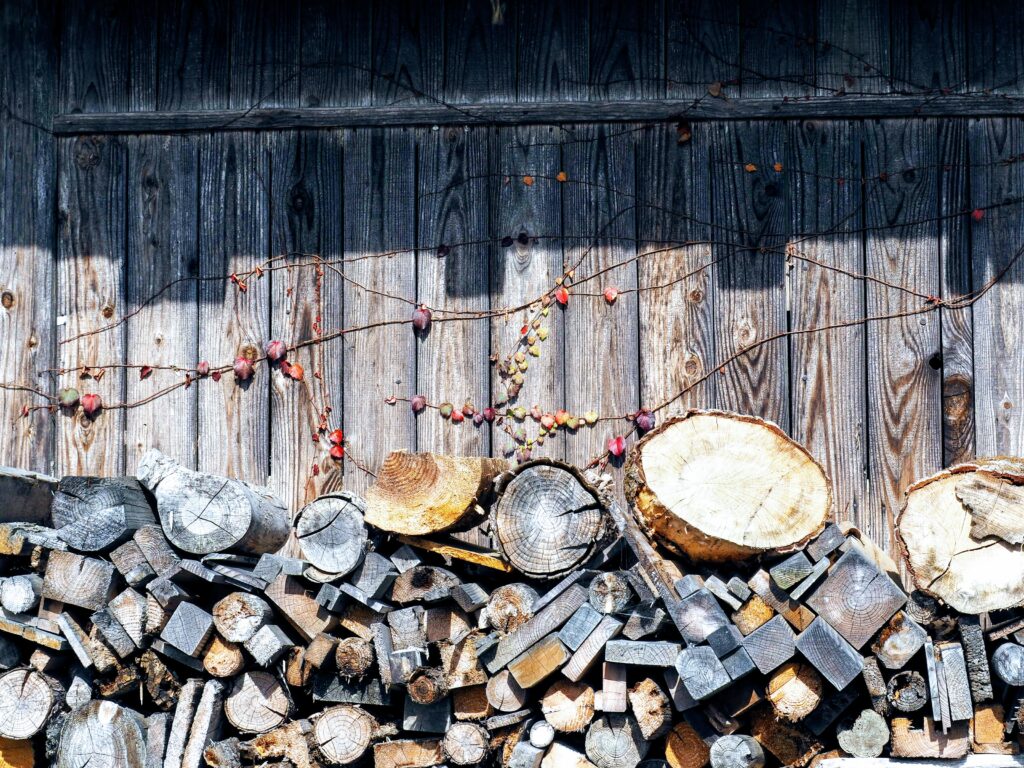
Miyama is not a single town but an area. The main attraction is Kayabuki No Sato, meaning “The home of the Kayabuki”.
Really, the town itself is the main attraction. Just strolling or cycling around, observing the traditional house designs, taking note of the little details and touches of Japanese home decor, such as a bell mobile hanging from the eaves, or a string of onions hung out to dry, such as the
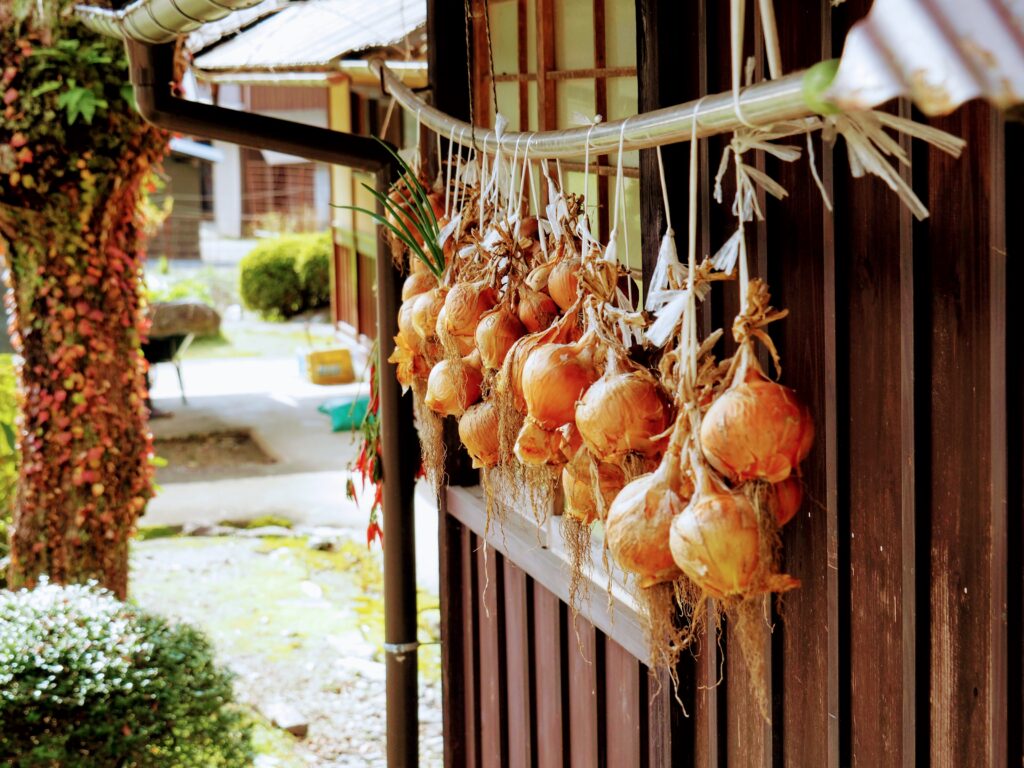
How to get to Miyama

Miyama is pretty easy to get to from several major Japanese cities. The closest city to leave from is Kyoto, and it will take you around 2 hours to get there, give or take half an hour depending on how you do it.
From Kyoto Station to Miyama by bus
Take a JR bus to Shuzan (90 mins, JR Pass eligible), change to Nantan bus Nantan bus to Miyama (30 mins).
From Kyoto Station to Miyama by Train and bus
Take JR Sagano Line from Kyoto Station to Hiyoshi Station, with a short transfer at Sonobe en route (45 mins, JR Pass eligible).From Hiyoshi Station, catch a Nantan bus to Kita bus stop (50 mins, not JR eligible). You can find a bus timetable for JR buses from Hiyoshi or Sonobe station to Miyama Kayabuki No Sato station here.
You can also access Miyama via the Keihoku bus with routes listed here.
When To Go to Miyama
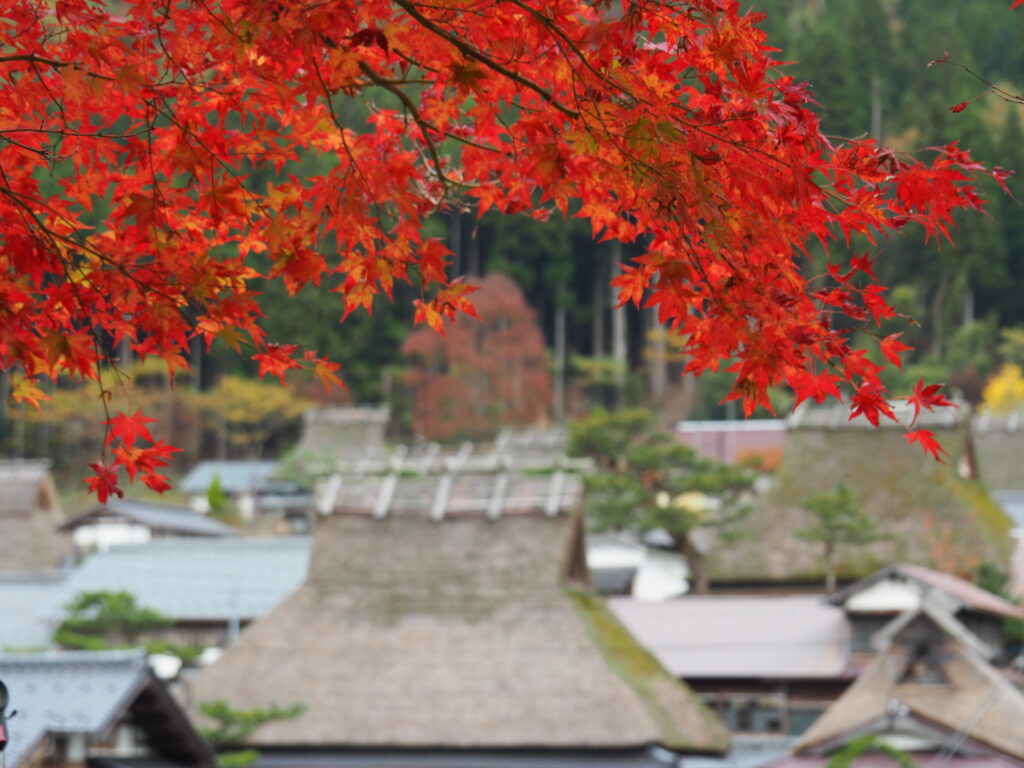
As with many places in Japan, there are good things about visiting Miyama at any time of year. There is something magical about experiencing the Japanese countryside blanketed in winter snow. The Japanese call it going to a 雪国 yukiguni ,literally meaning “Snow Country”, signifying that the nature of a place changes in the snow. Spring is for shinryoku or “new green” when the leaves take on a brilliant bright translucence. Summer ushers in temperate climates to the mountains making activities such as swimming in the river possible. Autumn brings on bursts of fire-like red maple blooms within the palette of the mountainscape.
Where To Stay
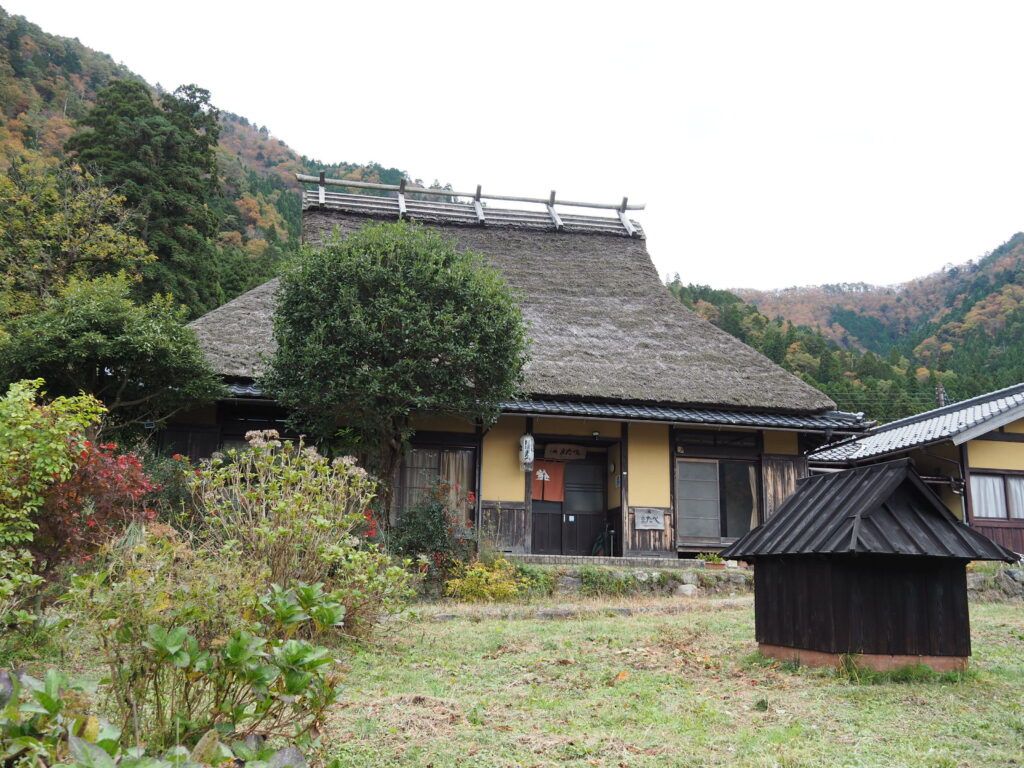
If you’re going to the home of the Kayabuki house, it makes sense to complete the experience by staying in one of the houses. There are quite a few homes in Kayabuki No Sato that offer a homestay experience, or “minshuku” (literally “accommodation of the people”).
We stayed in a house called “Matabe”. Though not a “Luxurious experience”, staying in one of the houses gives you an authentic, “rustic” experience sleeping in futons, on Tatami, beneath a roof of reeds, with all the attendant smells and sounds of nature outside. For less than one hundred US dollars, you get an evening and morning meal of beautiful local specialities prepared in a traditional way, access to a bath and to the hearth that lies at the heart of traditional Japanese homes.
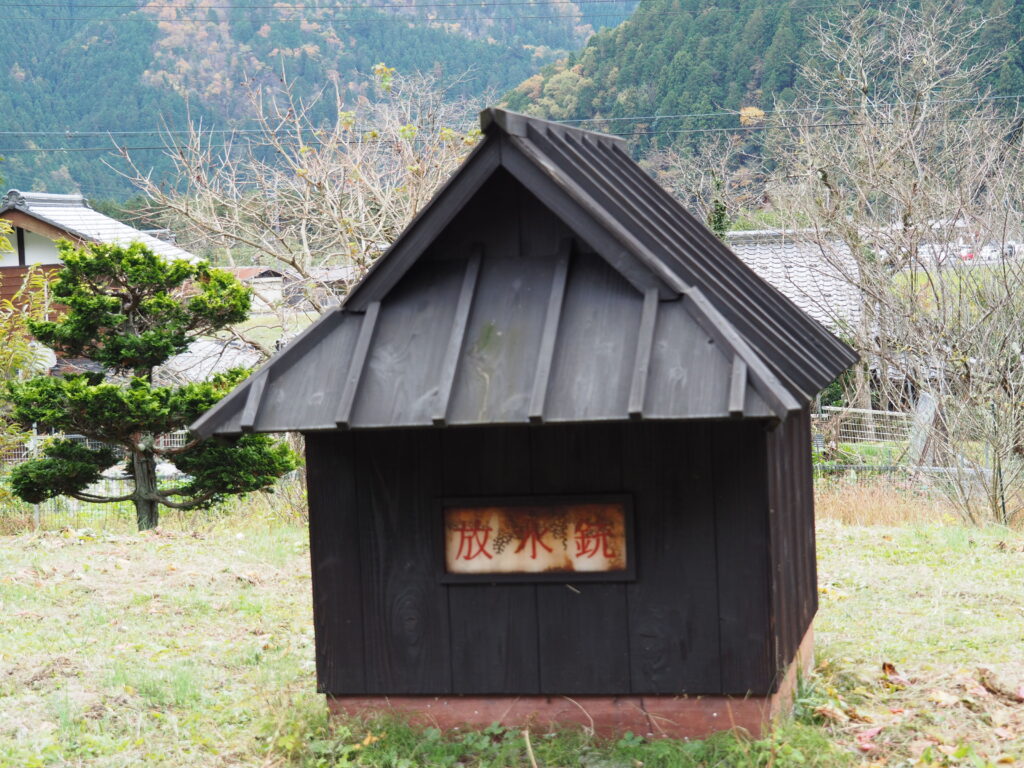
What to see
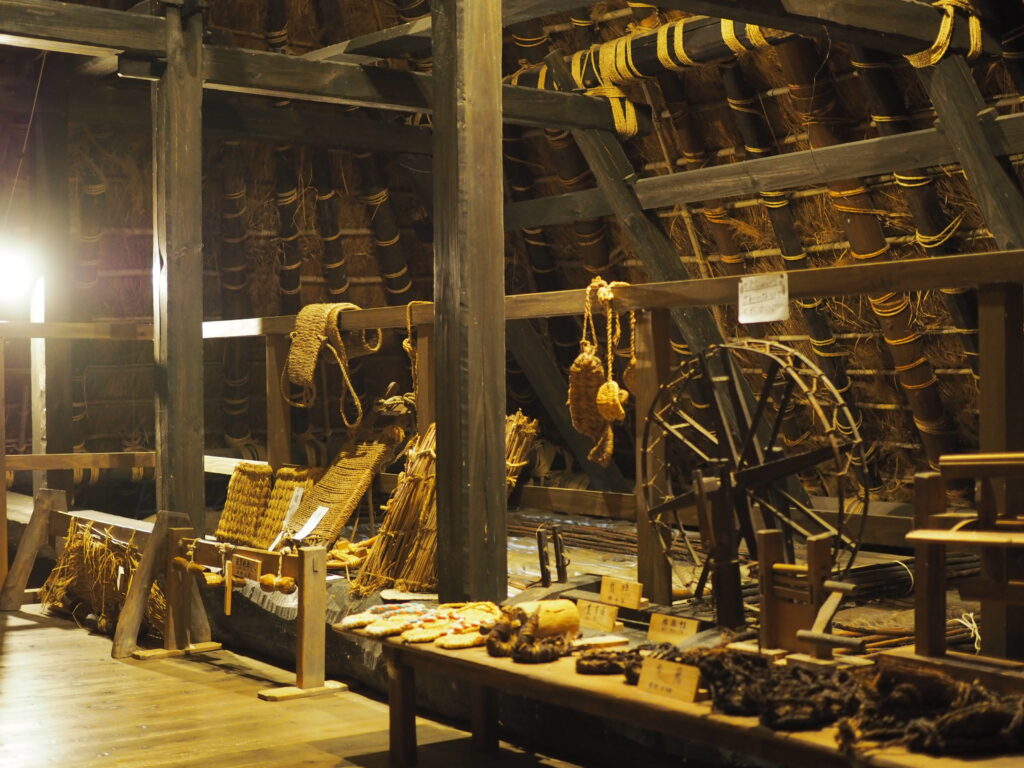
Probably the main attraction in the town is the Kayabuki no Sato Folk Museum. There you can see examples of kinds of items from Japanese traditional ways of life including kilns and ovens, bathing and washing implements, kimono, Yukata and jinbei clothing and footwear, and Japanese bathtubs that give you a genuine insight into how people lived their lives.
The other main place to get an insight into the traditional culture of Miyama, Kyoto and Japan is to visit the Little Indigo Museum, which has a wonderful collection of traditional Japanese dyed Kimono, looms, massive spools of thread and the like.
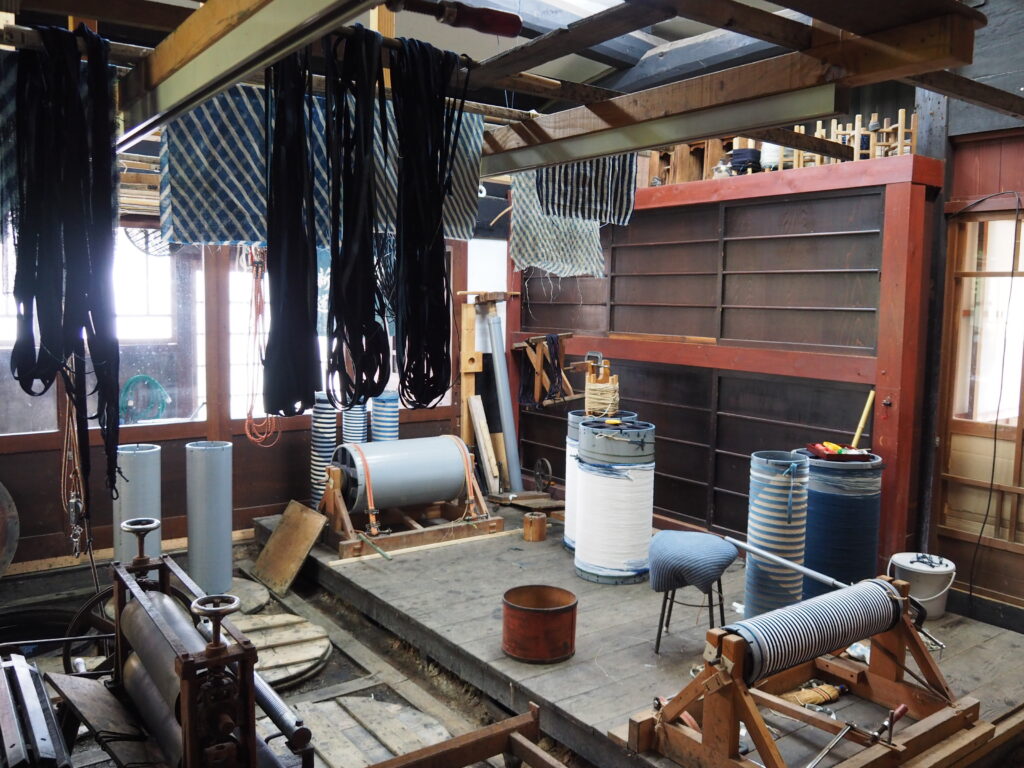
A bakery in the heart of Japan’s traditional countryside
A couple of minutes walk from the Kayabuki no Sato Folk Museum is a wonderful little organic bakery called Kichinojo 吉之丞. Run by an ex “salaryman” escaped from the high stress hustle & bustle of the city, the bakery sells beautiful rice based breads made using all natural, organic ingredients.
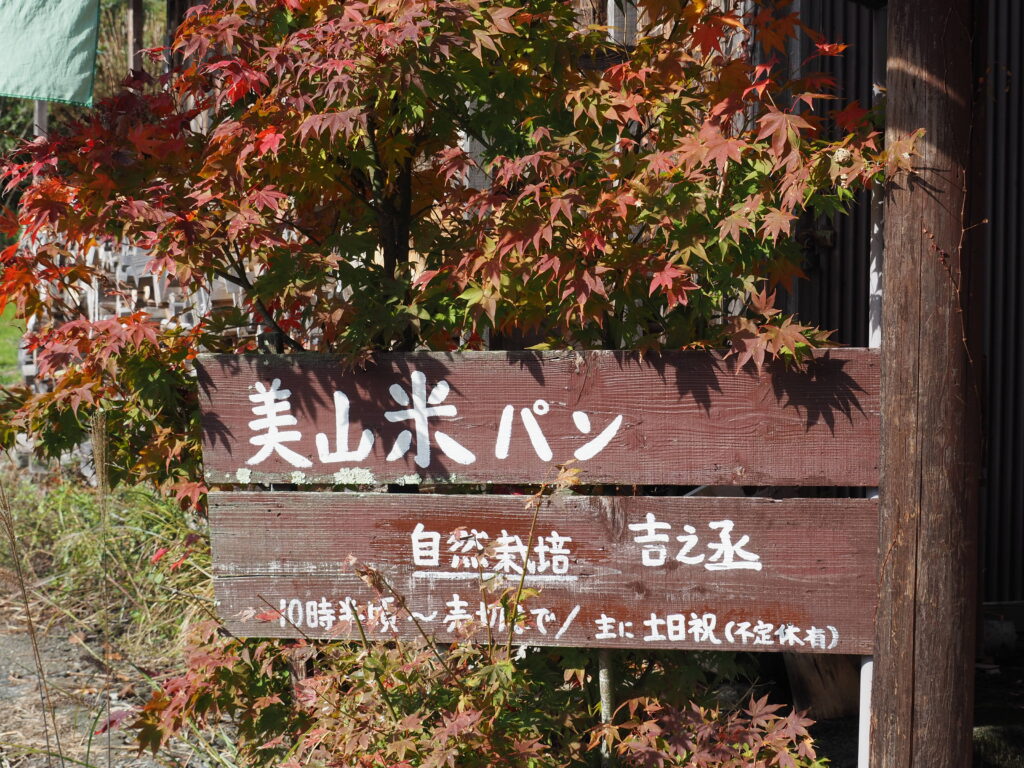
Hopefully this article has whetted your appetite for getting out into the Japanese countryside. Miyama really does tick all the boxes; it’s relatively easy to get to on public transport, is only a couple of hours away from Kyoto and gives you a unique look at traditional Japanese culture. Of course, there is more than enough to see even in the city of Kyoto itself, but Miyama offers a wonderful change of pace that is a whole different experience again. I have an album of my trip to Miyama photos here
In the eyes of the world, Miyama may be in Kyoto’s shadow, but if you get up close you’ll see that it really is twinkling like a gem just waiting to be found.

Contributor: Peter Head

Peter is passionate about Japanese culture, fashion, music and language. He is Editorial Director at Japanoscope.com where he writes about Japanese language learning resources, translation, subculture and products. He holds a Masters Degree from the Kyoto City University of Arts and has passed the highest level of the Japanese Language Proficiency Test. He lived in Japan for 4 years, has completed six music tours of the country and works with the Tokyo based Majikick label.

Facebook
Follow Japan Travel Mate